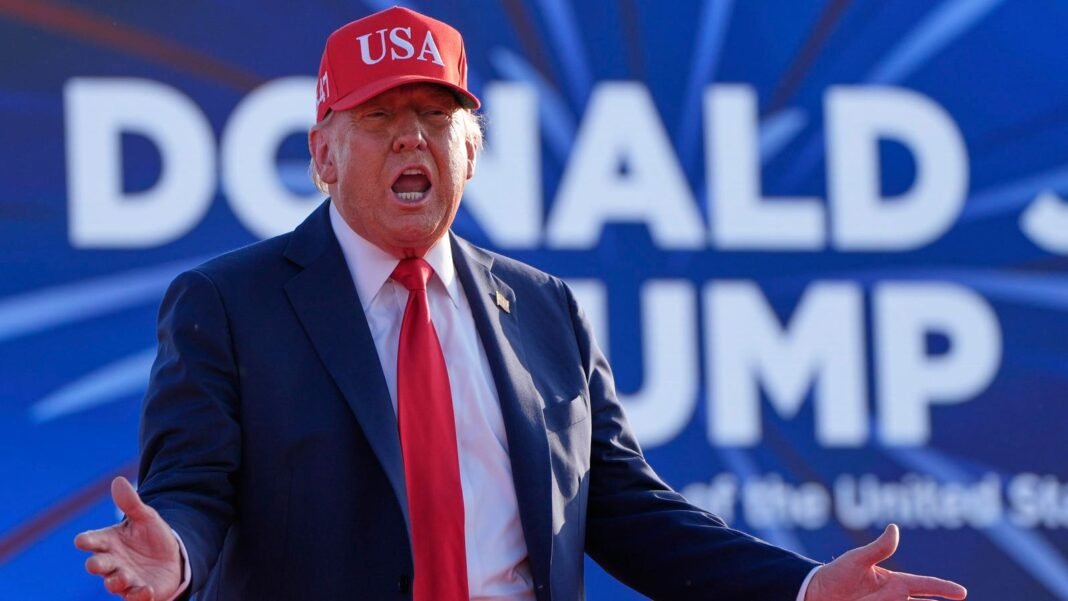How Fast-Casual Restaurants Are Transforming Loyalty Programs to Enhance Customer Retention
in today’s unpredictable economic climate, consumers are becoming more budget-conscious, pushing fast-casual eateries to rethink their loyalty programs as a vital method for encouraging repeat visits. What was once a simple bonus has evolved into a strategic necessity for brands striving to keep customers engaged and boost revenue.
The Growing Importance of Loyalty Amid Economic Challenges
Rising inflation and cautious spending have led to fewer dining-out occasions. recent industry insights show that restaurant foot traffic only saw an uptick during one month last year, wiht less than half of tracked chains reporting growth in same-store sales. This trend highlights the critical need for restaurants to strengthen bonds with their existing clientele.
Members enrolled in loyalty programs tend to visit participating locations about 22% more often annually than nonmembers and support their favorite brands at twice the frequency. For instance, Dunkin’ Donuts now boasts over 30 million active rewards members who contribute nearly 60% of its U.S. transactions-a clear indication that well-designed loyalty initiatives can anchor customer behavior even when budgets tighten.
Creative Strategies Driving Deeper Customer Connections
Top fast-casual chains are moving beyond basic point-earning systems by incorporating innovative features that appeal to today’s consumers seeking personalized rewards and meaningful benefits.
- Mendocino Farms’ Customizable Rewards: In early 2024, Mendocino Farms introduced a revamped program allowing users greater flexibility in redeeming points-from side salads to full sandwiches-paired with surprise perks like free seasonal beverages on special days. This approach has expanded its membership base past 5 million while keeping excitement high around the brand experience.
- Panda Express’ Interactive Promotions: Panda Express launched “Flavor Quest,” an interactive campaign offering $500,000 worth of complimentary entrees nationwide through location-based challenges tracked via mobile app check-ins.The initiative not only encourages frequent visits but also generates organic social media engagement through friendly competition among regions.
- Lemonade’s Streamlined Rewards Model: Responding directly to customer feedback about overly complex tiers, Lemonade simplified its program by focusing on straightforward discounts tied directly to purchase frequency-helping retain health-focused diners without overwhelming them with choices during tighter financial periods.
Navigating Profitability While Offering Value
Loyalty incentives inevitably affect profit margins; however, operators view thes expenses as investments aimed at fostering long-term patronage rather than short-lived giveaways. The objective remains clear: transform occasional guests into loyal patrons who consistently pay full price instead of relying heavily on coupons or discounts.
diverse Loyalty Frameworks Yield Positive Outcomes Across Brands
The variety seen in loyalty program designs reflects unique brand identities but shares common success indicators such as increased visit frequency and enhanced digital interaction:
- Bibibop Asian Grill’s Token-Based System: Earlier this year Bibibop shifted from customary points toward tokens redeemable faster across an expanded menu selection (now over 20 items). Marketing reports indicate immediate growth in member participation following this update.
- Culver’s Digital Badge Rewards: Culver’s introduced “Culver’s Club” leveraging digital wallet technology without requiring app downloads; it rewards customers progressively through badges earned by repeated visits-a flexible system easily scalable without major software changes-and aims for rapid adoption exceeding one million sign-ups shortly after launch.
Loyalty Programs as Pillars During Market Volatility
The fast-casual industry continues facing hurdles such as fluctuating consumer confidence and rising operational expenses; nevertheless, those investing strategically in loyalty platforms demonstrate greater resilience amid downturns. Such as, Panda Express credits its engaged rewards community-which accounts for roughly one-third of daily sales-with helping maintain stable pricing despite widespread inflationary pressures affecting competitors across the sector.
“Loyalty initiatives have transitioned from optional extras into essential components crucial for maintaining strong customer relationships,” note experts tracking evolving trends within foodservice markets.”
The Road Ahead: Shaping Future Loyalty Through Innovation and Personalization
The future landscape suggests ongoing innovation will be indispensable as diners increasingly demand seamless integration between mobile apps, data-driven personalized offers based on behavioral insights, and genuine brand interactions extending beyond mere transactions. As competition intensifies among fast-casual chains vying for consumer attention amid global spending caution-including regions where dining out remains subdued post-pandemic-the ability to deliver compelling loyalty experiences may ultimately distinguish market leaders from followers moving forward.





